Changing Rooms at Pollok House
Update | March 2024: Pollok House is now closed for approximately two years to facilitate the second phase of a £4 million programme of investment led by Glasgow City Council. The works will comprise roof and general building fabric repairs.
The photographic collections held by the National Trust for Scotland are very varied. They tell stories that range from Hebridean coastlines to the ports of Japan, from Highland shooting parties to Lowland industry. However, our photographs can also be used to tell the story of the Trust itself. They can show how our approaches to display, preservation and conservation have changed, and how our places have changed in response. These photographs of Pollok House illustrate this perfectly.
The smoking room, where discussions about the foundation of the Trust were held
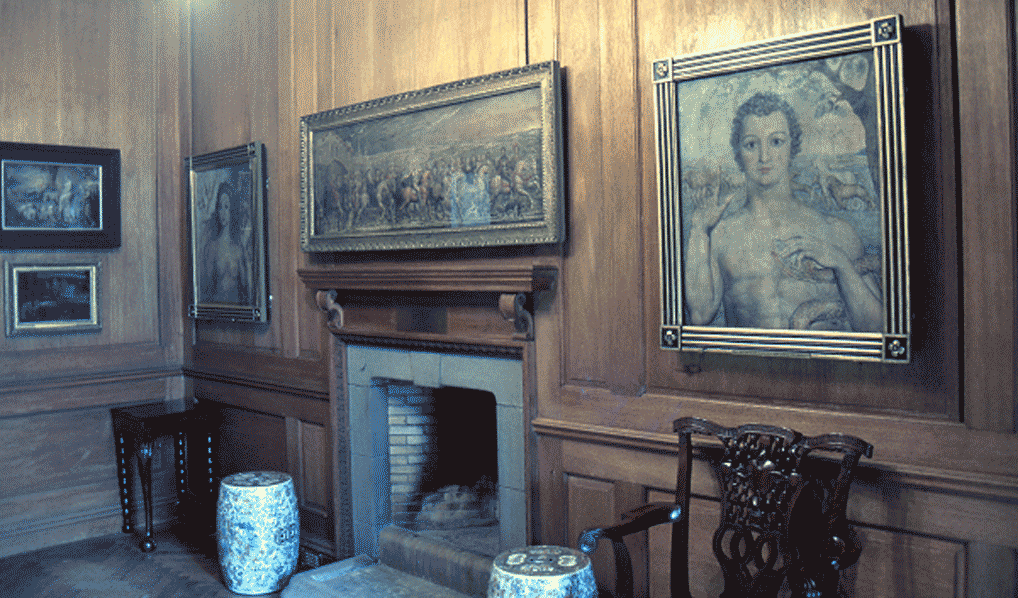
© National Trust for Scotland
From its construction in the mid-18th century until it was gifted to the City of Glasgow in 1966, Pollok House was the home of the Maxwell family. It felt entirely appropriate that the Trust took it on in 1998, as the smoking room (sometimes known as the cedar room) at Pollok House hosted discussions about the foundation of the Trust during 1929–31. They were organised by the future president of the Trust and then-owner of Pollok, Sir John Stirling Maxwell.
What had been a billiard room was turned into a dining room

© National Trust for Scotland
When the Trust took on Pollok House, we wanted to re-create the interiors of the house to reflect Sir John’s home at about the time the Trust was founded. Shortly after the First World War, Sir John had turned the billiard room into his dining room, installing decorative Dutch hunting scenes by Gerrit Malleyn on the walls in 1942. Glasgow Museums chose to re-create the billiard room in the 1980s and removed Malleyn’s paintings. After taking on Pollok House, we reversed this decision, reinstalled the paintings and created the grand but welcoming dining room you can visit today.
The 18th-century dining room became Sir John’s comfortable drawing room
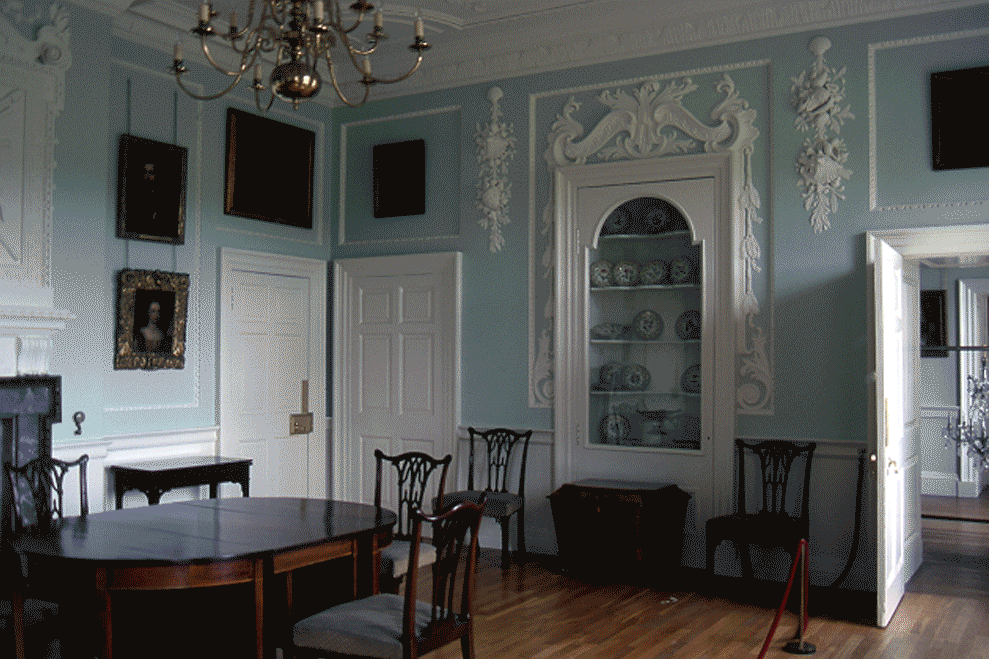
© National Trust for Scotland
The 18th-century dining room was used as the drawing room in the 20th century, as Sir John found it too small to satisfactorily entertain dinner guests. As can be seen from the first photograph, Glasgow Museums chose to furnish this room as a dining room again. We’ve returned it to its role as a comfortable drawing room. The increase in soft furnishings reflects our desire to create a more domestic atmosphere, in line with presenting Pollok House as a home of the 1930s, rather than the 18th-century-style gallery space it had been previously.
The gun room reopened to the public in 2017
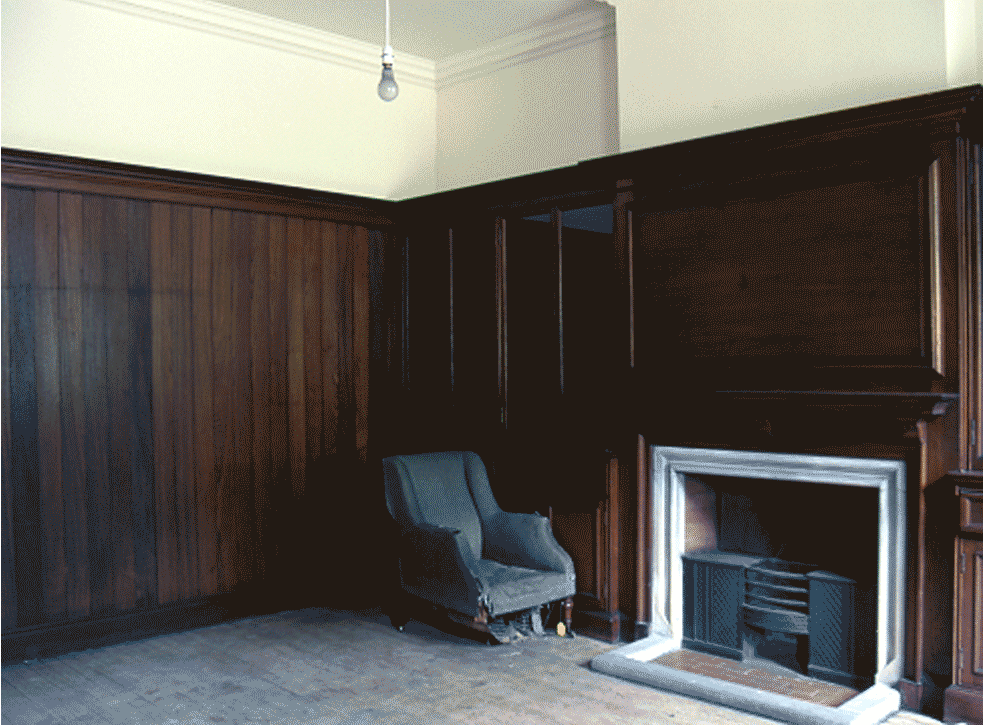
© National Trust for Scotland
It’s important for us to tell all the stories associated with our places, both those of the owners and those of the servants. The gun room allows us to give visitors a taste for what life was like ‘below stairs’. This, along with several other ‘below stairs’ areas, was reopened to the public in 2017. In the past, these spaces may have been neglected by many institutions, but there’s an increasing awareness that we must tell more diverse and balanced stories relating to our places.
The portrait of Sir John’s daughter Anne was returned to the print room from the morning room
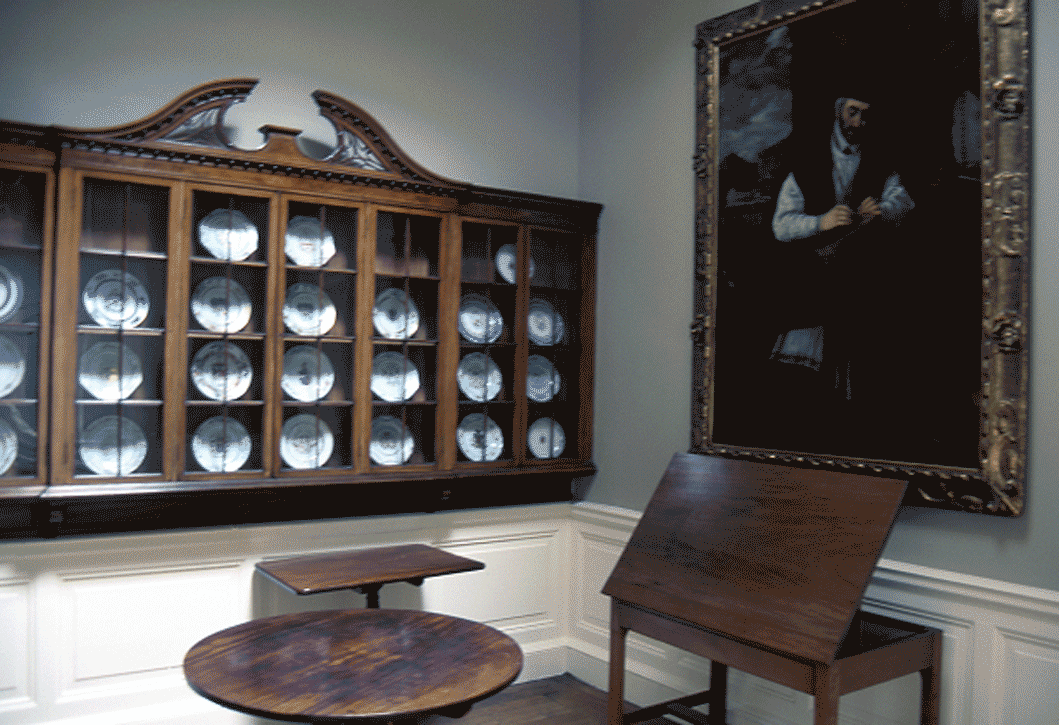
© National Trust for Scotland
The little girl in the painting in the print room today is Dame Anne Maxwell Macdonald, only child of Sir John Stirling Maxwell and his wife, Ann Christian Maxwell. It was Anne who gave Pollok House to the City of Glasgow in 1966. Her portrait had been moved to the morning room, but was returned to its original position in the print room by the Trust in 1998.
The Keir bedroom’s Chinese wallpaper came from Keir House
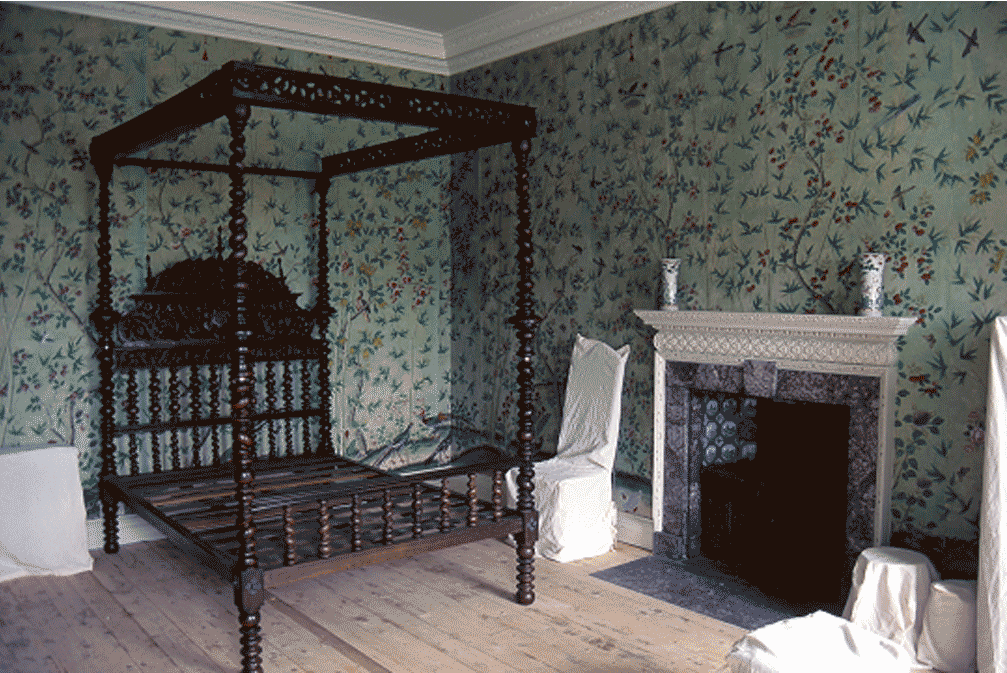
© National Trust for Scotland
The Keir bedroom takes its name from its beautiful green-and-red Chinese wallpaper that was originally hung at Pollok’s ‘sister house’, Keir House near Stirling. Keir was the home of Sir John’s younger brother Archibald. This room was used as the principal guest bedroom when Pollok was owned by Sir John and Lady Ann.
The Morton Charitable Trust has been funding fieldwork on the National Trust for Scotland’s photographic collections since 2014. In 2018–19, this work will further raise the profile of the collections through research, articles, talks and dedicated projects. The project will also involve the digitisation of the Margaret Fay Shaw photographic archive of mid-20th-century Hebridean life, leading to an updated database with high-quality images.
Stay in touch
Be the first to hear about our latest news, get inspiration for great days out and learn about the work we do for the love of Scotland.